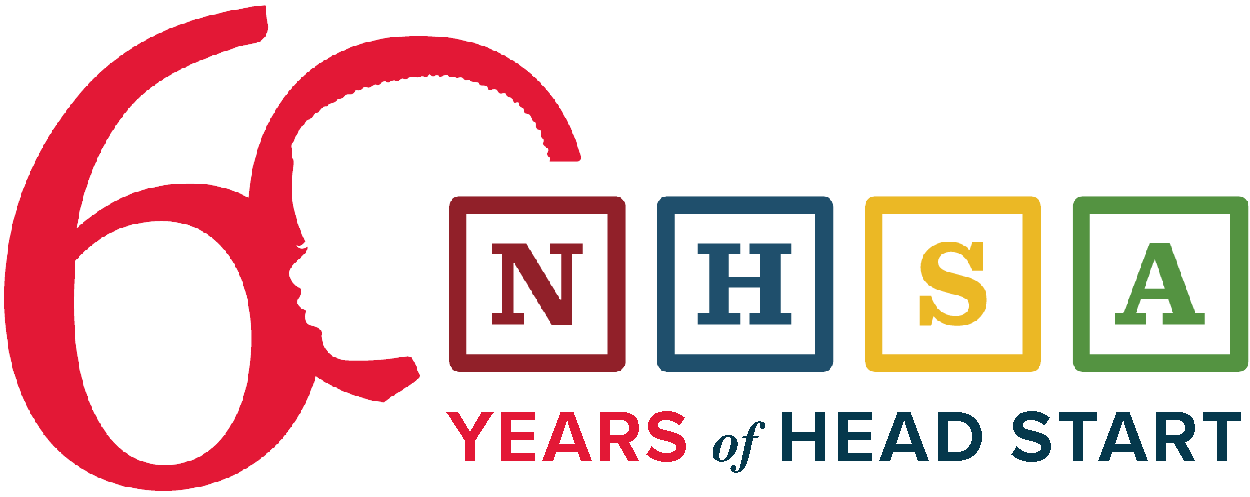Children use behavior to communicate. Often, we miss or misunderstand what they are trying to say because Head Start classrooms are busy places and (let's be honest!) some behaviors can be disruptive. An important part of helping children become successful communicators and learners is developing their self-regulation skills. In order to achieve this, we must establish meaningful relationships. As a former principal, one of my main responsibilities was to help facilitate these relationships. How did I do it? Trust first.
Trust is safety. It is comfort. It is an environment where kids can be their best selves. With the support of caring educators and a trust-based classroom, Head Start kids can grow in their ability to manage emotions and behaviors. In addition, educators can create a more engaged and stable classroom environment.
Here are five ways you can get started on developing a trust first classroom.
1. Build Trust First.
The first step to building a Trust First classroom is to have a good understanding of the acronym "ARFF," otherwise known as Achievement, Respect, Freedom, and Fun!
- Achievement: All people, big and small, need to feel a sense of achievement. Being mindful of what feeds this feeling in you will support your own well being and ultimately influence your classroom environment. Ex: Take a few moments to journal or simply make a mental note as you end your day.
- Respect: This is a word we use often in classrooms: we all want children to be respectful. But did you know that children also want to feel respected? This means being willing to validate their feelings and needs, and being open about your own feelings and needs. Ex: Tell the children when you feel tired, and ask them to use quiet voices. Recognize when a child needs the same accommodation, and help the children notice and point it out as well.
- Freedom: Freedom means the ability to make choices, Children need opportunities to choose, and YOU need freedom too! Consider the aspects of your your life where you are able to make choices. Children have very little autonomy - how can you provide them with more freedom while keeping them safe? Giving children freedom can be challenging, but it is how they learn to make responsible choices. Most importantly of all, providing choices builds trust.
- Fun: We all need a little joy! The basic enjoyment of life, of joy just for joy’s sake, is as important as achievement. YOU need this release as much as your students do. This can be challenging as adults
2. Leave Punishment (and Rewards) in the Past.
You may hear the term “classroom management” and immediately think of a set of rules and consequences. However, fear and reward-based consequences distract kids from the goal of learning the skills they are lacking. Instead, celebrate mistakes! They spilled milk on the floor? Yay! Now, you can teach them how to hold their glass properly and clean. They still have to do the work, but they are being supported instead of punished.
3. Choose the Right Material and Environment.
Young children are very aware of and stimulated by their surroundings. This is why it’s important to use high-quality and engaging content in your classroom. This is especially true during music time, where every object in the room becomes a potential distraction. When it comes to keeping the children focused and engaged, your presentation style will make a huge difference. Keep your attention focused 100% on the children. Whenever possible, ask other adults to refrain from talking, moving furniture, washing dishes, etc., during the lesson.
4. Incorporate Sound and Music.
When our children are given a chance to simply listen, and then to create sounds and silences with their peers, they are immediately attentive and using self-control. Using sound play intentionally can make transition times much easier for you and your students.
Here are two steps that Hayes Greenfield teaches in the Academy’s Effective Transitions course to help you tune in to sound with your students:
- Actively Listen: Take a minute to just sit quietly with your students and actively listen to the sounds around you. By spending time creating the space to actively listen to your surroundings with your students, you are showing them that being quiet and listening is an action that is good and important to do.
- Discuss and Share What You Hear: After listening, ask about and discuss what you just heard. What individual sounds did they notice? Which are loud and which are soft? What sounds come and go? What kinds of textures of sound were they?
Music offers similar benefits. We learn from Nick "the Music Man" Young Music and Movement course that letting kids actively engage gives them an opportunity to express their creativity, which in turn helps their social-emotional development, impulse control, and collaboration.
5. Maintain Positive Expectations.
Reframing your belief system about classroom management into something more positive, encouraging, and focused on supporting emotional and behavioral self-regulation will do wonders for you and your kids. The things that used to be problems will become opportunities. You won’t see results immediately, but you will see progress if you stay consistent.
Learn More about Trust First
Trust First, Effective Transitions, and Music & Movement are only available as part of the Classroom Management Credential.
Related Content
Want to learn more?
Connect with the Trust First Essentials course director by sharing your information below!
